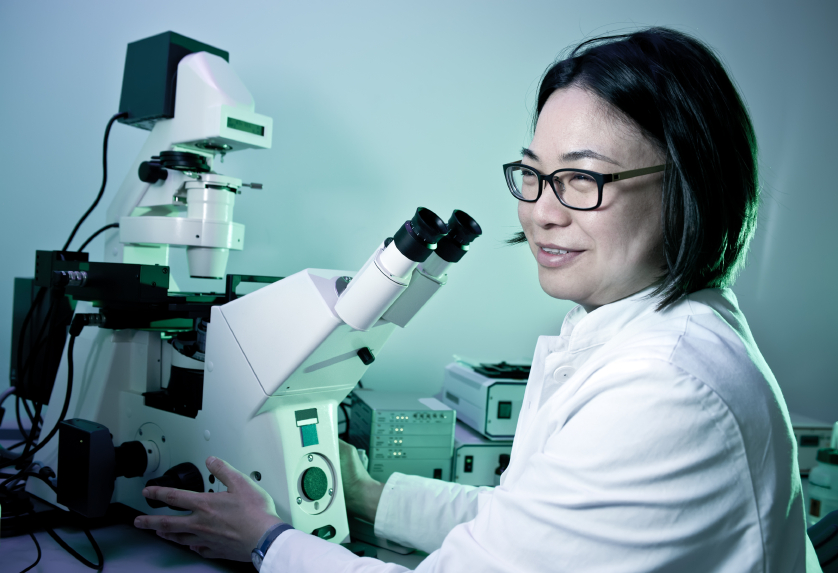BEIJING : Chinese Archaeologists have shed new light on the design and origin of a centuries-old Buddha statue recovered from the country’s east Jiangxi Province.
The statue which emerged from water of a reservoir was originally spotted by local villagers and is 3.8 meters tall and carved into a cliff face, archaeologists said.
The base of a hall was also found under the water, indicating that a temple existed there, they said.
The head of the Buddha was spotted at Hongmen Reservoir in Nancheng County in the city of Fuzhou late last year when a hydropower gate renovation project lowered water levels in the reservoir by more than 10 meters, state-run Xinhua news agency reported.
Judging from the head’s design, the statue was carved during the Ming Dynasty (1368-1644), said Xu Changqing, head of the provincial research institute of archaeology.
The mission which began earlier this month was carried out by the underwater cultural relic protection centre under the State Administration of Cultural Heritage and Jiangxi Provincial Research Institute of Archaeology.
A path was found to the north of the statue, and an inscription with 30 characters was found to the south, according to Li Bin, a researcher with State Administration of Cultural Heritage.
In front of the statue is the foundation of the hall, covering some 165 square meters, Li said.
Head of Hongmen Township government Guan Zhiyong said the Buddha statue was built at the intersection of two rivers where boats easily overturned due to the rapid flow.
“According to folk tale, the ancient people built the statue to pray for safety,” Guan said.
According to county records, the reservoir is located on the ruins of the ancient Xiaoshi Township, an important trade center and hub for water transportation between Jiangxi and Fujian provinces.
“The ruins of Xiaoshi town were not exposed by the lowered water levels, but the underwater team also explored the town,” said Jin Huilin, curator of the museum of Nancheng County.
Huilin said there was not yet a cultural relic protection department in the county when the reservoir was built, as the county museum was not established until 1983.
“There was also a lack of mature technology to protect cultural relics, and the statue could not be removed,” he said.
Experts said the statue was well-preserved as the water prevented it from weathering and destruction by humans.
Some historical heritage sites were destroyed during the Cultural Revolution between 1966 and 1976.
Archaeologists said they will conduct research to prepare for the protection of the reservoir’s underwater relics.
“The water levels of the reservoir will rise when the spring flood arrives around March, and the head of the Buddha statue will be submerged again,” said Shan Keke, official with the water authority of Nancheng. (AGENCIES)
Trending Now
E-Paper


